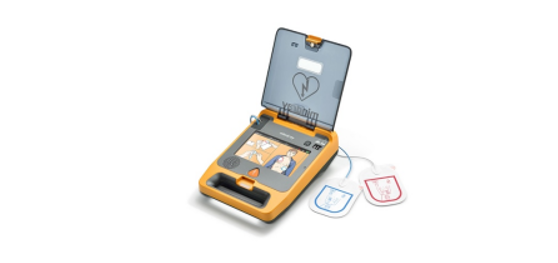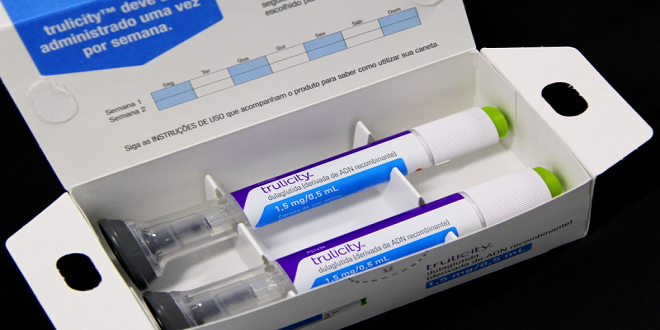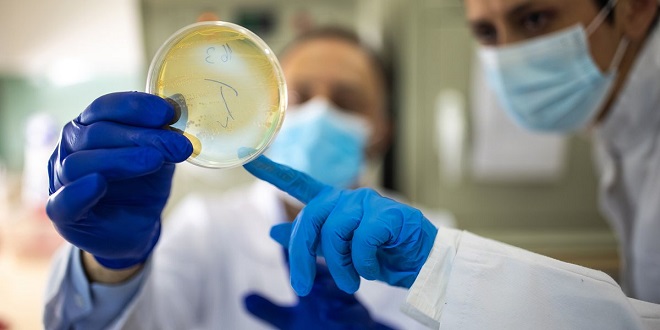A Comprehensive Guide: How To Select Defibrillators Wisely

Because there is a shortage of medical advice and a pool of expert medical knowledge among the general public, AED devices are required for public spaces where SCA occurs. AED hospital products, on the other hand, depend on the expertise and knowledge of doctors to promptly defibrillate patients. So what distinguishes AEDs used in hospitals from those used in public places? Your introduction to Mindray AED can provide you with a complete rundown.
Critical Differences
AEDs, or automatic external defibrillators, are available in public areas and can be used for CPR by anyone in a crisis. With features including conductive paste-coated electrode pads, automated ECG detection, and auditory prompts, this gadget is user-friendly. The user positions the electrode at the desired location and follows the voice instructions doing so.
The cardiac defibrillator that is typically found in a hospital’s emergency room or intensive care unit (ICU) is not an AED, but rather a professional medical defibrillator with more features and options that medical staff must assess and select.
Medical practitioners still require substantial training even if they use it. In theory, doctors and nurses should be able to use it efficiently, but until more individuals have access to emergency medical training, this won’t be the case for everyone. Use improperly could have unforeseen results.
Conclusion
People who are having cardiac arrest may be saved from death if a defibrillator is used correctly and when necessary. Even in the absence of medical personnel, a reliable, high-quality AED device from Mindray can save lives. For more information, see their official website.





